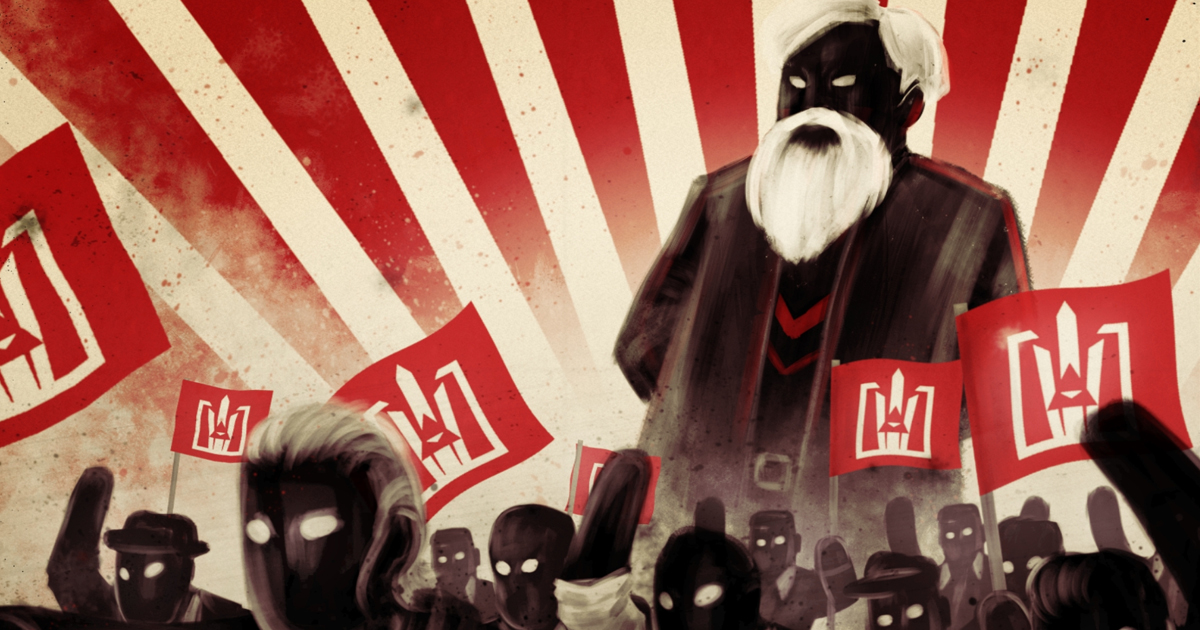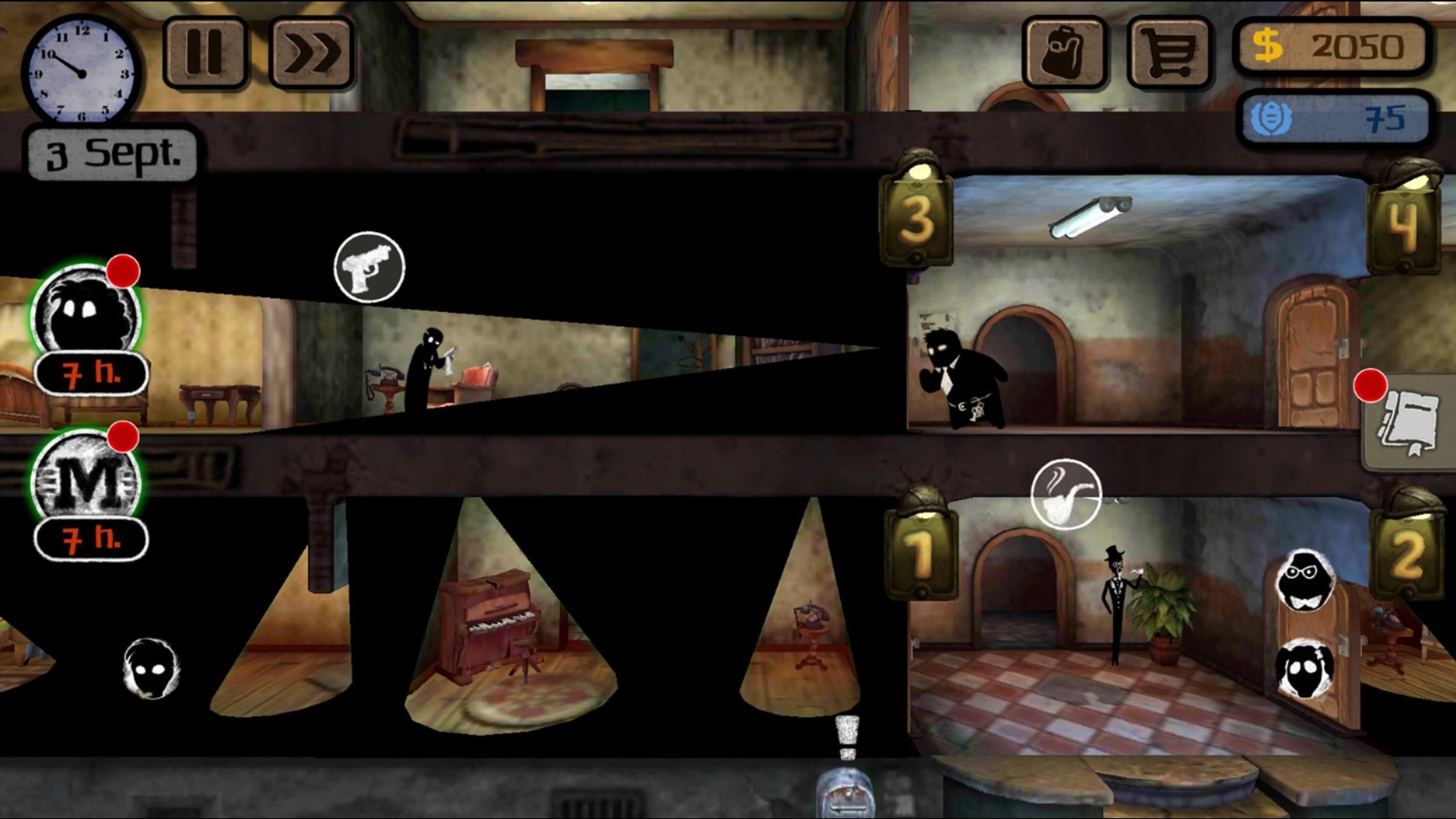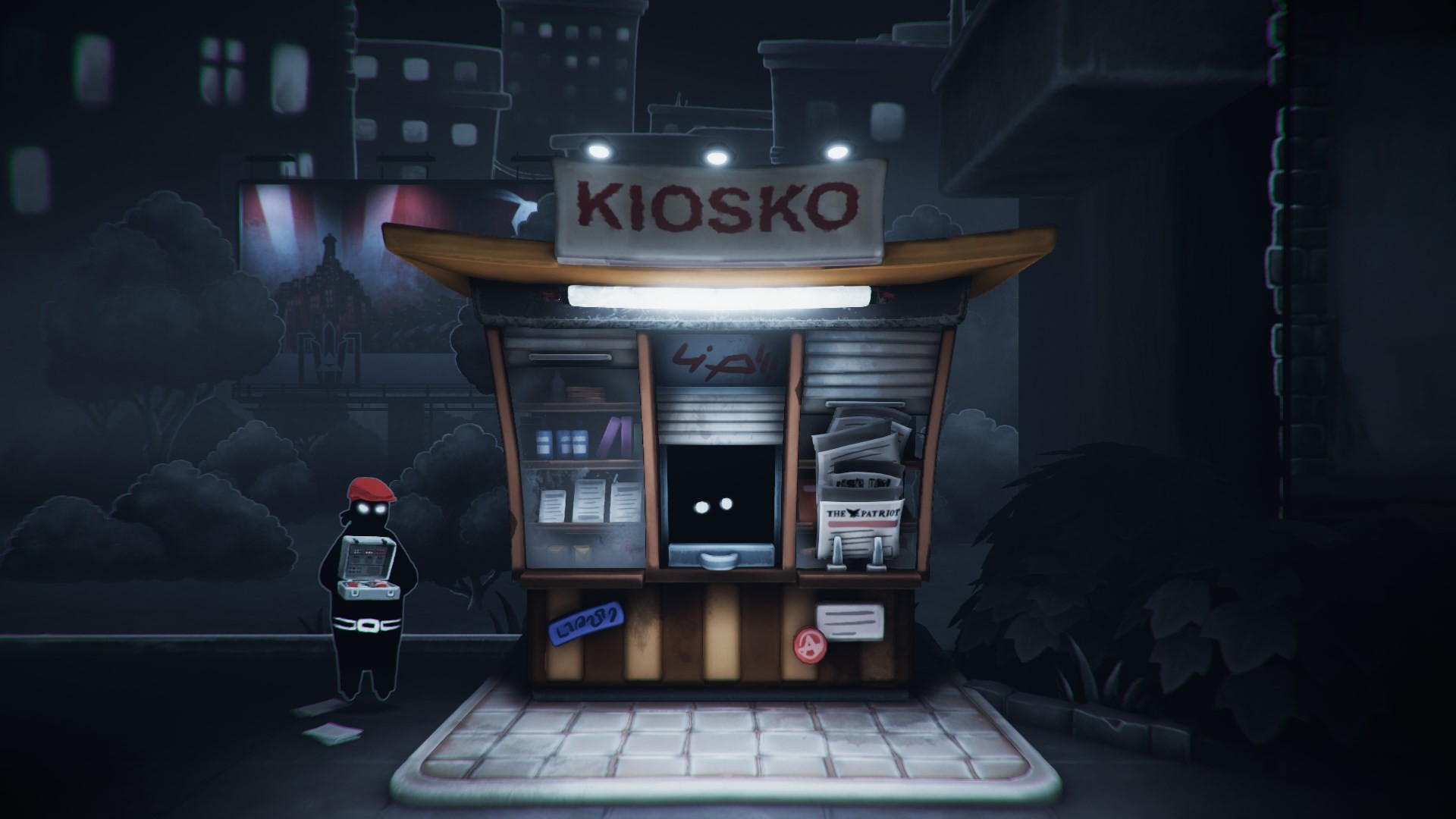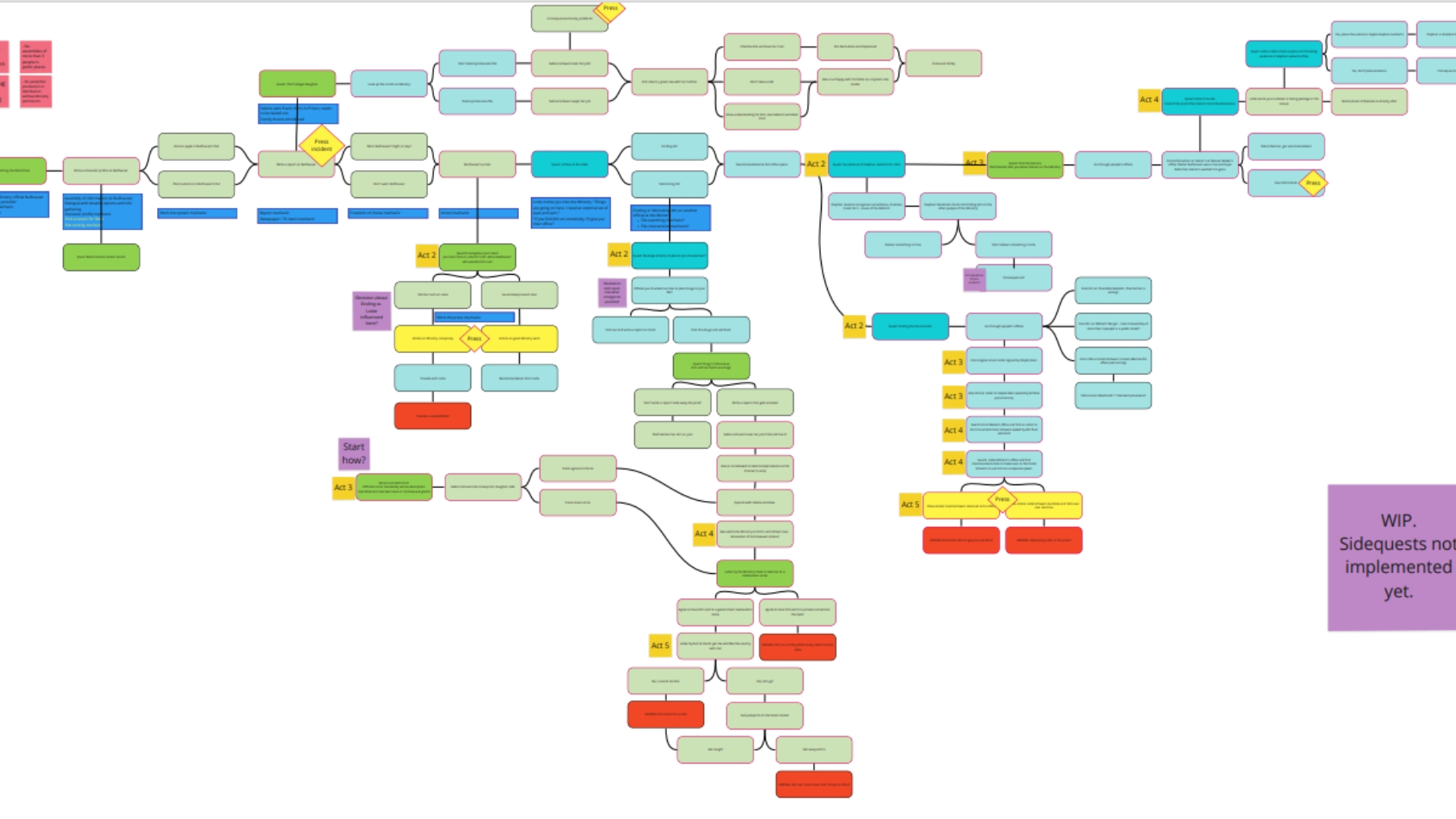Although the first two Beholder titles were developed by Warm Lamp Games, publisher Alawar hired Berlin-based Paintbucket Games to make a sequel. Here is how the studio took on the series and tried to build Beholder 3 on the legacy of the first two titles.
Paintbucket co-founder Jörg Friedrich spoke about the Beholder 3 development at Talents in Games Conference’22.
What are the cornerstones of the Beholder series?
- People being prosecuted and being oppressed by the state is one of the main themes in the Beholder series.
- The whole aesthetics and topics that these games touch on are inspired by dystopian books and films like 1984 and The Lives of Others, as well as actual things that happened in real-life totalitarian regimes.
- The all-knowing and all-powerful Ministry is another cornerstone of the series. It has agents that make sure that the Ministry sees and hears everything going around.
- The family, which is another important theme in Beholder, represents humanity in general.
- Moral choices were also an important part of the series. There are no good or bad choices, with most of them affecting the story in different ways.
- Finally, the Beholder series always had a place for dark humor despite its dystopian tone.
- Paintbucket wanted to keep some of these elements and bring them to Beholder 3.
Key gameplay mechanics of Beholder 1-2
- Although the first two titles in the Beholder series had similar mechanics, they are very different games.
- Both titles have point-n-click elements like talking to other characters and using various items a player finds during the process.
- Surveillance was one of the key elements of Beholder 1. A player had to watch neighbors through cameras in their apartments and report or blackmail them. Paintbucket thought that it was a very powerful mechanic strongly connected with the main theme, especially considering that the game was real-time.
- Beholder 2 brought some mini games like talking to citizens and sending them to the right place in the Ministry. Friedrich noted that this mechanic reminded him of Papers, Please and was a great way to learn more about the game’s world. However, the studio decided to not include it in Beholder 3.
Beholder 1
Beholder 3 concept
- Beholder 3 is set in a new state called The Greatest Union because Paintbucket didn’t want to produce any discontinuities with the storylines of the first two games. The universe in general, however, was the same.
- The studio wanted to bring back surveillance and put the family at the center of the game. Beholder 3 also takes place at the Ministry, just like the second title.
- Paintbucket decided to take Beholder 3 to 1989, four years after the second game. “This is the era when big changes happened in the real world,” Friedrich said. “And we thought what if these kinds of changes would happen to our fictional state of The Greatest Union as well? What would happen if the Great Leader or the Ministry realized that they need to change and to adapt to actually stay in power?”
- Considering the need for change and reformation, there should be people in the Ministry who don’t like that and would try to sabotage it. That’s why Paintbucket decided to add three factions to the game, so a player could work with them to stay alive and protect the family.
- The studio also wanted to bring back the “doll-house feeling” from Beholder 1, giving players an opportunity to surveil their neighbors. At the same time, Paintbucket decided to combine it with a more personal perspective of the second game, which is reflected in close-up dialogues and interactions.
Beholder 3
Beholder 3 development and challenges
- Paintbucket had 15 months to fully develop Beholder 3, from pre-production to shipping the game.
- To meet the deadlines and create a strong story, the studio hired experienced writer Lena Falkenhagen and made her the game’s narrative director.
- Falkenhagen was the one who forced the team to create a quest framework right at the beginning. “It saved us so much time and made the game so much better in my opinion,” Friedrich noted.
- Another thing that helped the team a lot was an external demo that it had to create for the Beholder community. As a result, thousands of people played the early version of the game and provided the developers with tons of feedback.
- However, Paintbucket still had to work overtime a little at the end of the development. The team managed to finish the game without the big crunch, but Friedrich noted that he would like to avoid even a little overtime on the studio’s next project.
- Another problem was bugs, with Paintbucket having already released seven patches since the game’s launch on March 3.
So, after all, does it make sense as an indie studio to work on a franchise that you don’t own with a publisher rather than making your own IPs?
“It depends on your expectations,” Friedrich said. “You won’t become rich and famous when you’re working on a franchise you don’t own. But if the game is a match to what your studio wants to do and everything that it stands for, it can be a great opportunity for your studio to grow and become a more capable studio.”




